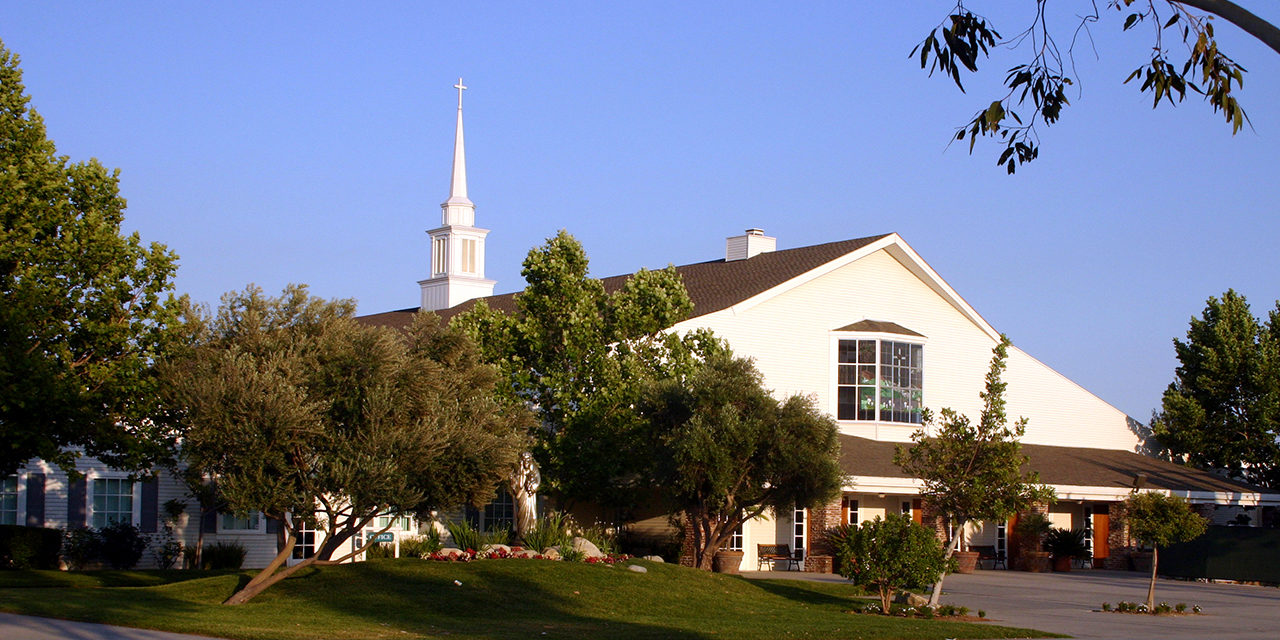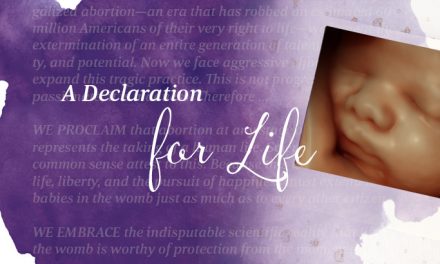In a short order from a three-judge panel, the 9th U.S. Circuit Court of Appeals vacated (i.e., rendered null and void) a lower court decision holding the state of California can force three churches to fund elective abortions in their employee healthcare plans. The 9th Circuit then remanded (i.e., sent back) the case to the lower court to reconsider its ruling in light of the U.S. Supreme Court’s recent decision in Fulton v. Philadelphia.
That’s a mixture of good and bad news for the ultimate resolution of an important battle over religious freedom.
Three churches – Foothill Church, Calvary Chapel Chino Hills and Shepherd of the Hills Church – sued the director of the California Department of Managed Health Care in 2015 over a change in the state’s healthcare policy that suddenly required all churches with over 50 employees to fund elective abortion in their healthcare policies. Prior to that time, churches had routinely been granted an exemption from that requirement, but the Department changed course after abortion activists complained about the exemptions being granted.
The churches, represented by attorneys with Alliance Defending Freedom, lost at the federal district court level, and their appeal made it to the 9th Circuit at about the same time that the U.S. Supreme Court decided to hear and decide the Fulton case.
In Fulton, the high court reviewed the actions of the city of Philadelphia in refusing to allow a religious nonprofit, Catholic Social Services, to continue its work as an approved city foster care agency, due to its religious convictions about placing children only with a married mom and dad. In that case, the Supreme Court ruled that the city’s nondiscrimination policy, which gave the city the ability to grant exemptions in its sole discretion, violated the nonprofit’s religious freedom.
What does the ability to grant exemptions have to do with whether a policy or law complies with the First Amendment? And how does that relate to the California case?
In Fulton, the court applied a rule that has been in effect since the 1990 Supreme Court decision in Employment Division v. Smith. That case set forth the court’s understanding that if a law is neutral on its face and “generally applicable” to everyone, the fact that it incidentally infringes on religion does not make it unconstitutional. In fact, you only need a “rational basis” for such a law.
However, a law that incorporates a system of “exemptions” that can be granted for various reasons is no longer “generally applicable.” In such a case, as the Fulton decision held, a law needs more than a “rational basis.” It needs a “compelling” justification, and few laws can pass muster when they’re scrutinized against a religious freedom challenge like the one that was made in Fulton.
And the California law did contain an exemption provision that the state had used with other entities. But the three churches who filed the lawsuit were denied their own exemptions.
What the 9th Circuit has apparently correctly perceived is that the lower court applied the wrong test. As Fulton stated, where exemptions can be granted, the government needs a compelling reason for not granting one based on a religious exemption. The lower court in the case of the three churches applied only a “rational basis” test, so the lower court has to try again and decide whether the “compelling interest” test – also known as “strict scrutiny” – applies.
But sending the case back down for a “do over” without clearer instructions is a waste of judicial resources and time, one of the 9th Circuit judges on the panel argued in a dissent.
Judge Daniel Bress, a recent appointee, argued that the three-judge panel shouldn’t have sent the case back without clear instructions to apply “strict scrutiny” to the law the second time around.
“Well before Fulton, the law was clear: when, as here, a government official has the discretionary power under a ‘good cause’ standard to exempt a regulated entity from an otherwise generally applicable regime (here, the requirement to include elective abortions in health plans), we must apply strict scrutiny to the government’s determination to enforce its rule over a religious objection,” Judge Bress wrote in his dissent. “Fulton neither created nor changed this long-established principle; it simply applied it. Vacating in light of Fulton without providing any guidance, as the court now does, effectively orders a re-do in the court below with no intervening change in the law. This is a poor use of judicial resources that undervalues the significant constitutional injuries that the churches allege. And it will inevitably produce even further delay in this protracted case, which the churches filed in 2015 and which was appealed to us in 2019.”
So, the good news is that these three churches appear to be on the road to vindicating their religious objections to abortion. The bad news is that the 9th Circuit’s decision not to give clearer instructions to the lower court will mean another delay, and even perhaps result in another wrong decision that will have to be corrected on appeal.
But what is really frustrating about this case is that the state of California chose to go after churches and religious organizations in the first place in order to force them to pay for abortion. It was an intentional act designed, it seems, to cause the most pain and anguish to Christians and people of other faiths who believe in the sanctity of life.
Pray for the continued legal success of these three churches as they fight for the preborn, and pray that the hearts and minds of the California officials in charge of insurance regulation would be changed in the process.
Photo from Wikipedia






